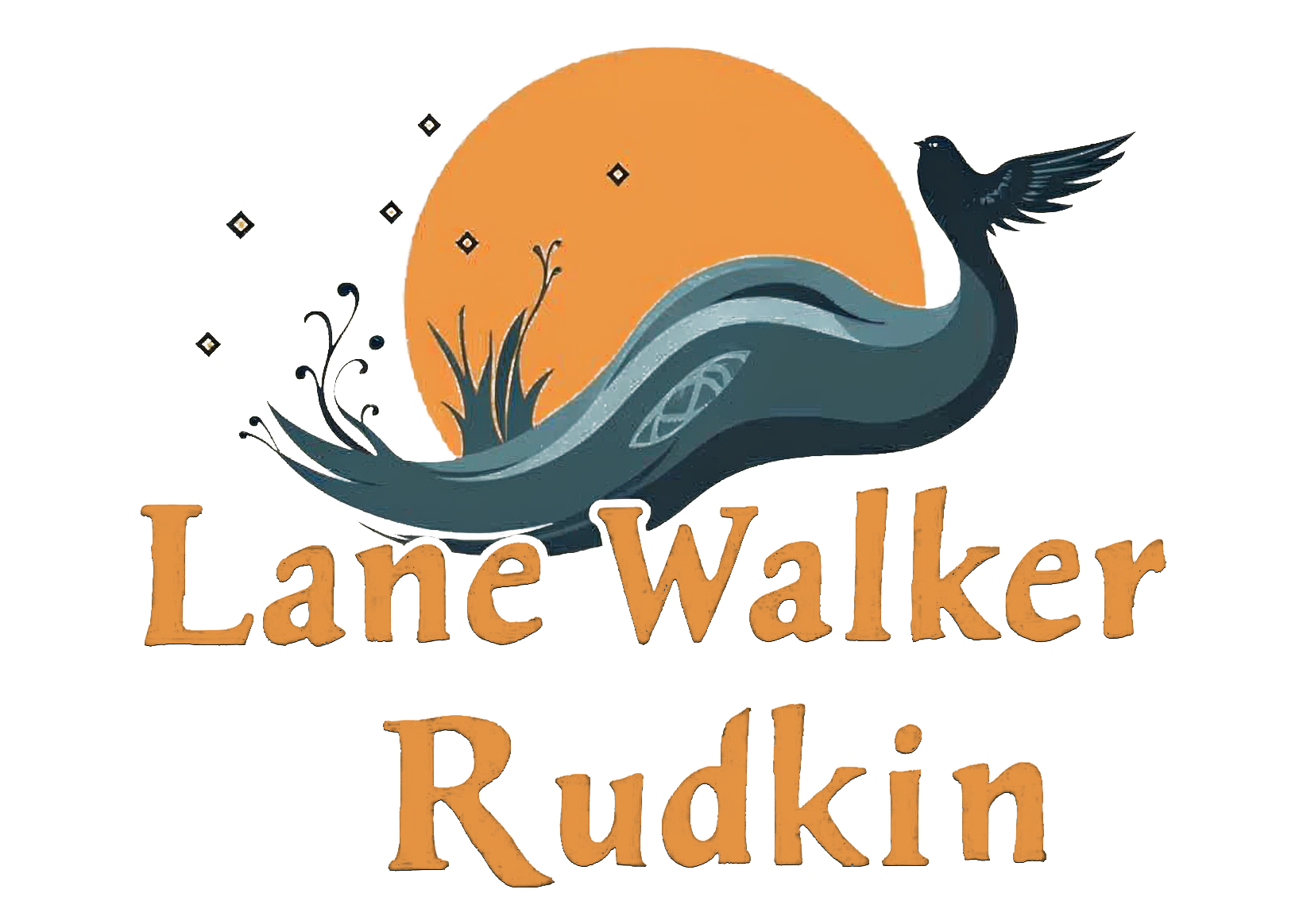
🧵 Introduction: A Stitch in Time – The Legacy of LWR
Few names in New Zealand’s manufacturing history resonate as deeply as Lane Walker Rudkin (LWR). Once a cornerstone of the country’s clothing and textile industry, the company played a key role in shaping local employment, innovation, and global trade in garments.
Founded in the 19th century and surviving two World Wars, multiple ownership changes, and the rise of global fashion outsourcing, LWR was more than a brand — it was a national institution.
This article dives into the company’s storied past, its rise, milestones, and eventual collapse, shedding light on both economic and cultural impact.
🏭 Founding Years: 1904 and the Christchurch Roots
Although the brand became more widely recognized in the 20th century, its roots go back even further. Lane Walker Rudkin & Co. was officially established in 1904 in Christchurch, New Zealand, by John Lane, Edgar Walker, and James Rudkin.
What began as a small hosiery and underwear manufacturer quickly expanded its product lines to include:
- Woolen garments
- Cotton-based sportswear
- Knitwear for children and adults
- Underwear and thermal clothing
Located initially in Lichfield Street before expanding across the Canterbury region, LWR was built around a dedication to local labor and textile craftsmanship.
🧵 “Our business is stitched into the fabric of New Zealand,” read one of the company’s early slogans.
🌐 Growth and Expansion in the Mid-20th Century
The real growth of LWR came in the post-World War II era, especially between the 1950s and 1970s.
Key Expansion Points:
- Opening of additional factories in Ashburton, Timaru, and Levin
- Launch of dedicated sportswear division
- Entry into uniform production for schools and government departments
- Workforce swelling to over 1,000 employees nationwide
The company also introduced in-house dyeing and printing facilities, making it one of the most vertically integrated textile manufacturers in the country.
LWR clothing became commonplace in:
- School uniforms
- Military and police apparel
- Sports kits for rugby, cricket, and netball teams
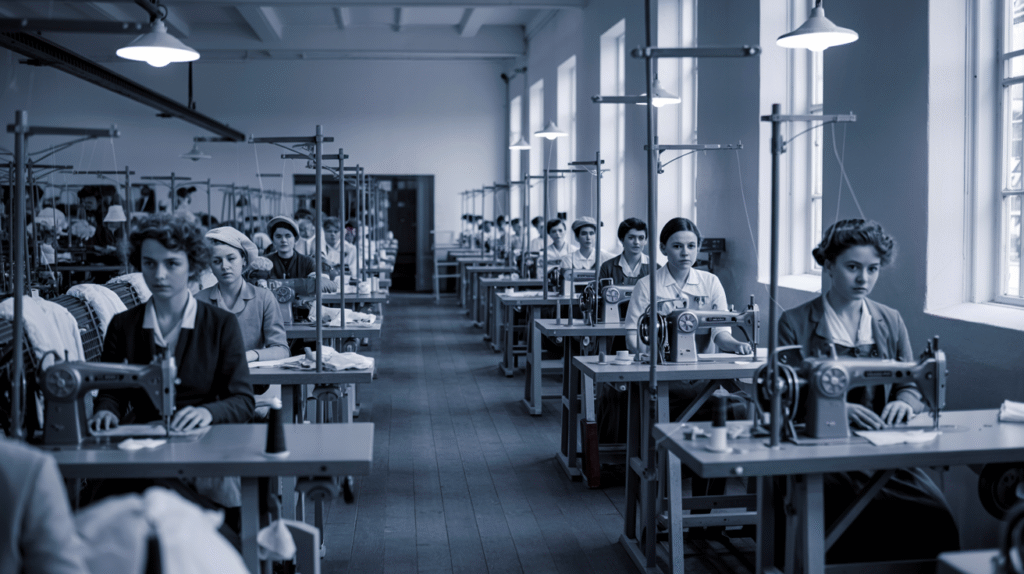
🏉 A Game-Changer: Sportswear and Rugby Contracts
One of the defining chapters in Lane Walker Rudkin’s history came through its involvement in New Zealand’s most cherished sport: rugby.
Key Contracts:
- Canterbury of New Zealand — a subsidiary that became a global sportswear brand
- Official kit supplier for the All Blacks, New Zealand’s national rugby team
- Expansion into Australia, South Africa, and the UK markets through Canterbury branding
This catapulted LWR into international recognition, especially in Commonwealth countries where rugby was dominant.
📦 At its peak, LWR was exporting thousands of garments annually, proudly labeled “Made in New Zealand”.
🛠️ Innovations in Manufacturing
LWR wasn’t just a production giant — it was also an innovator.
Key Developments:
- Early adoption of computerized knitting machines
- In-house training for machinists and textile designers
- Introduction of blend fabrics (e.g., wool/polyester) to reduce shrinkage and increase durability
- Efficient workflow layouts and modular production systems
Its blend of old-world craftsmanship and new-world technology made it a benchmark for the New Zealand apparel industry.
👩🏭 Workforce and Culture
LWR was, for many decades, one of the largest employers of women in Canterbury. Its factory floors were characterized by:
- Multi-generational families working together
- On-site training programs
- Strong union presence
- Annual events and competitions for employees
🧶 LWR wasn’t just a job—it was a lifestyle for thousands of New Zealanders.
🔄 Transition Years: 1980s and the Winds of Change
The 1980s marked a turning point for Lane Walker Rudkin. After decades of stable expansion and deep integration into New Zealand’s manufacturing identity, the company faced growing pressure from global economic forces.
Key pressures included:
- The rise of cheap overseas labor markets
- Import liberalization in New Zealand
- Increasing costs of local production
- Currency fluctuations affecting export viability
For the first time, LWR was forced to reassess its fully New Zealand-based manufacturing model.
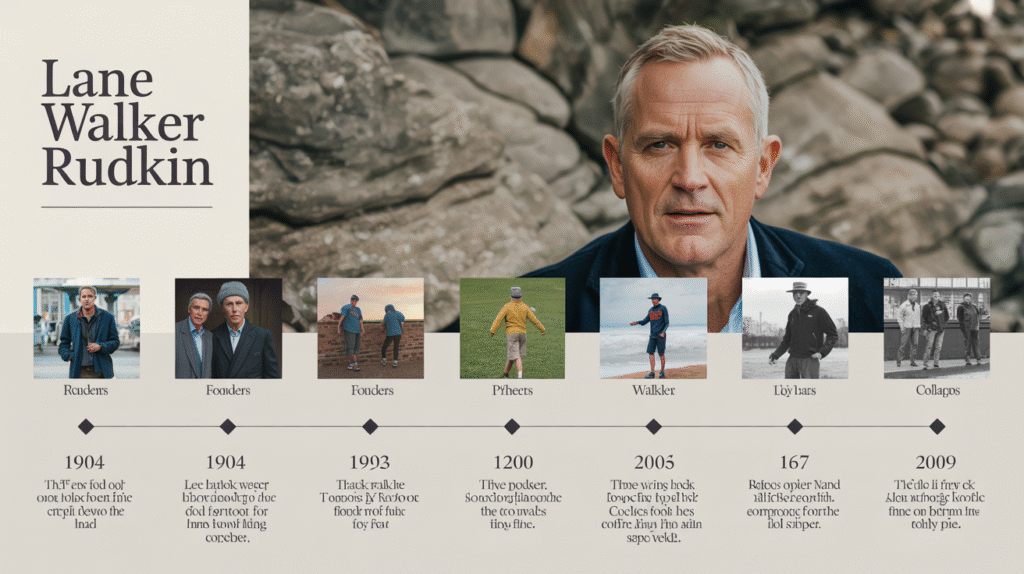
📉 Dealing with Globalization: Restructuring and Outsourcing
As markets opened up and tariffs were reduced in the late 1980s, LWR’s competitive advantage was tested. Many competitors were beginning to outsource garment production to Asia, benefiting from significantly lower labor costs.
LWR responded cautiously:
- Introduced joint ventures with offshore producers
- Outsourced some entry-level garment production (e.g., t-shirts, underwear)
- Focused local production on higher-quality or technically complex items
- Emphasized brand value through Canterbury of New Zealand
Despite these efforts, the company struggled to compete on price alone, especially as larger international players entered the New Zealand retail space.
🧾 Ownership Changes and Private Investment
To stay afloat and modernize its operations, Lane Walker Rudkin went through several ownership transitions starting in the 1990s.
Timeline of Ownership:
- 1990s: Shift to corporate investment partners
- 2001: Purchased by the Brierley family (through BIL International)
- 2006: Sold to Christchurch-based businessman Ken Anderson and associates under the company South Canterbury Finance
This last transition marked a dramatic shift in strategy.
🛠️ New ownership brought bold promises of innovation, scale, and a “return to greatness” — but also significant financial risk.
🧮 The South Canterbury Finance Era (2006–2009)
When Ken Anderson acquired LWR with financial backing from Allan Hubbard’s South Canterbury Finance, there was optimism but also skepticism in the New Zealand business community.
Key developments under this ownership:
- Aggressive attempts to expand international contracts
- Purchase of additional brands and licensing deals
- Mounting operational debts
- Poor accounting practices and questionable forecasting
By 2009, LWR owed more than NZD $120 million to South Canterbury Finance and other creditors.
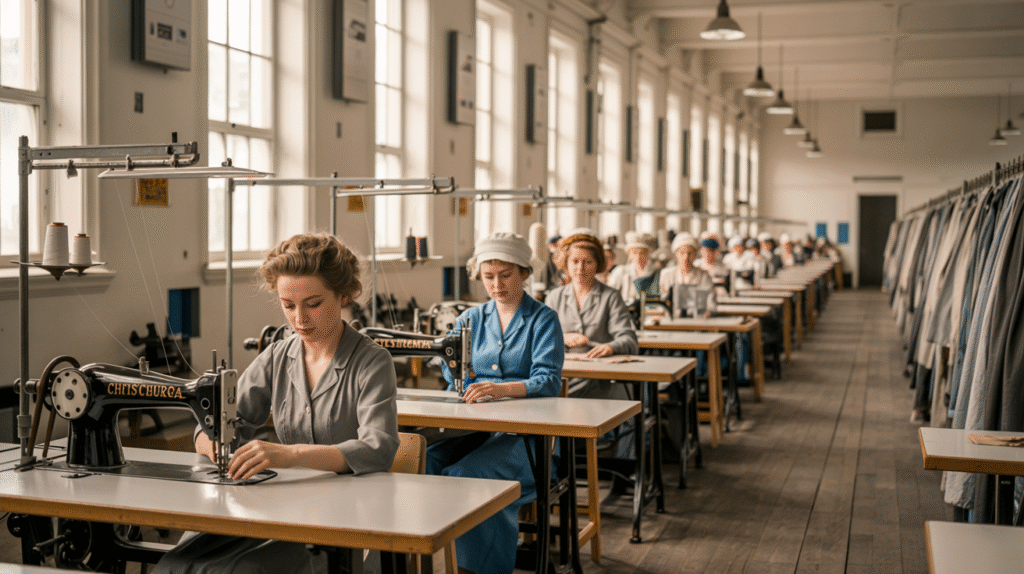
🚨 Financial Collapse and Receivership
In April 2009, Lane Walker Rudkin was placed into receivership, marking one of New Zealand’s most high-profile corporate collapses in the apparel industry.
Key Facts:
- Over 400 jobs lost across Christchurch, Ashburton, and other factory sites
- Employee entitlements and supplier debts left unsettled for months
- Several former employees had worked at LWR for 30+ years
The New Zealand Serious Fraud Office (SFO) launched an investigation into the management of LWR’s finances, including the roles played by South Canterbury Finance and key executives.
⚠️ Many viewed the collapse as a cautionary tale about mixing heritage brands with high-risk financial engineering.
👥 The Human Cost: Families and Communities Affected
LWR wasn’t just another company—it was part of the social fabric of regions like Canterbury and Ashburton. Its downfall impacted:
- Generations of textile workers
- Local small businesses supplying fabric and logistics
- Training and apprenticeship programs
- Entire local economies dependent on steady employment
Heartfelt interviews with former workers described the closure as “like losing a family” or “watching history disappear overnight.”
📰 Media and Public Reaction
The New Zealand public reacted with:
- Outrage toward mismanagement
- Calls for protection of iconic local brands
- Nostalgia for the days when LWR garments meant “quality you could trust”
The story dominated headlines for months and prompted government discussions on how to protect manufacturing legacies in a globalized economy.
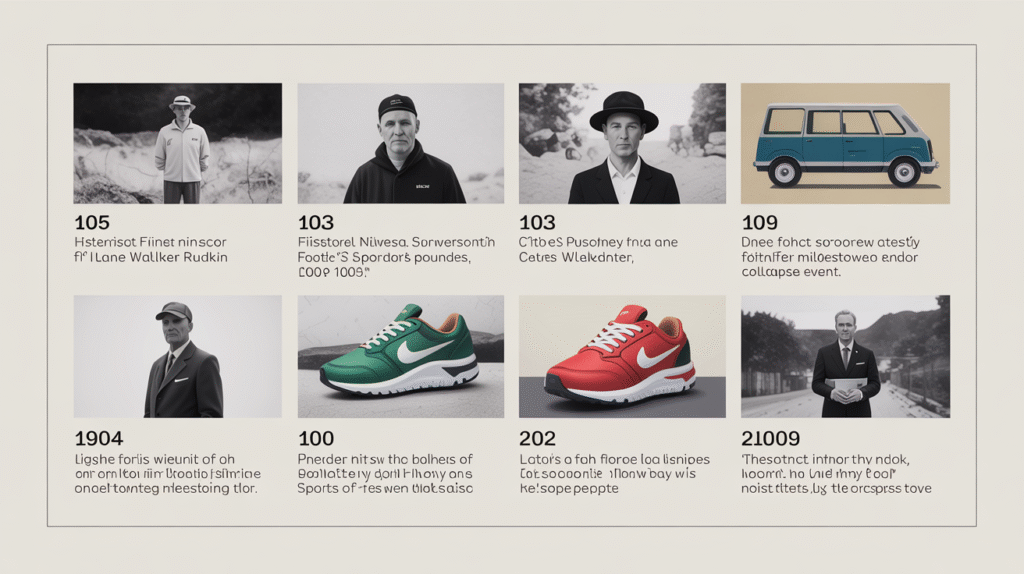
🌪️ Aftermath: What Happened After the Collapse?
Following the dramatic receivership in 2009, Lane Walker Rudkin’s assets were placed under review. Factory doors were shut. Contracts were suspended. Staff were laid off. But not all was lost.
While the original LWR entity ceased to operate, several of its subsidiary brands and licenses survived, most notably:
- Canterbury of New Zealand (sportswear)
- LWR brand assets (including design archives and logos)
- Manufacturing equipment and textile machinery
🔄 Much of LWR’s identity would continue—but no longer as a single, unified company.
🧢 Canterbury of New Zealand: Surviving the Storm
Canterbury of New Zealand, LWR’s most successful global brand, was sold separately and emerged from the collapse as a standalone entity. The brand:
- Continued supplying sports apparel internationally
- Was acquired by JD Sports Fashion PLC (UK)
- Shifted most of its manufacturing to offshore production facilities
- Remained active in rugby, cricket, and other performance sports markets
Though no longer produced in New Zealand, the brand maintained a “Kiwiana” design influence in many of its garments.
🏉 Many sports fans globally still wear Canterbury jerseys—unaware of their roots in the LWR empire.
🏛️ Preservation and Legacy Projects
Following LWR’s closure, efforts were made to preserve its historical and cultural significance, particularly in Christchurch and Ashburton.
Key Projects:
- Canterbury Museum and the Ashburton Museum collected LWR artifacts:
- Machinery
- Employee uniforms
- Advertising material from the 1950s–1980s
- Oral history interviews were conducted with former workers
- Limited-run documentaries aired on local television
These efforts aimed to recognize the human, social, and industrial value of LWR’s 100+ year legacy.
🧶 What Remains of LWR Today?
While the Lane Walker Rudkin name no longer appears on clothing tags in stores, its legacy lives on through:
- Vintage clothing collectors who prize “Made in New Zealand” labels
- Industrial buildings that once housed textile operations (some now used as co-working spaces, galleries, or flats)
- Family memories—generations that worked “on the line” together still gather for reunions
Online marketplaces occasionally list LWR-made school uniforms, netball skirts, or knitted jerseys—considered nostalgic artifacts from New Zealand’s manufacturing heyday.
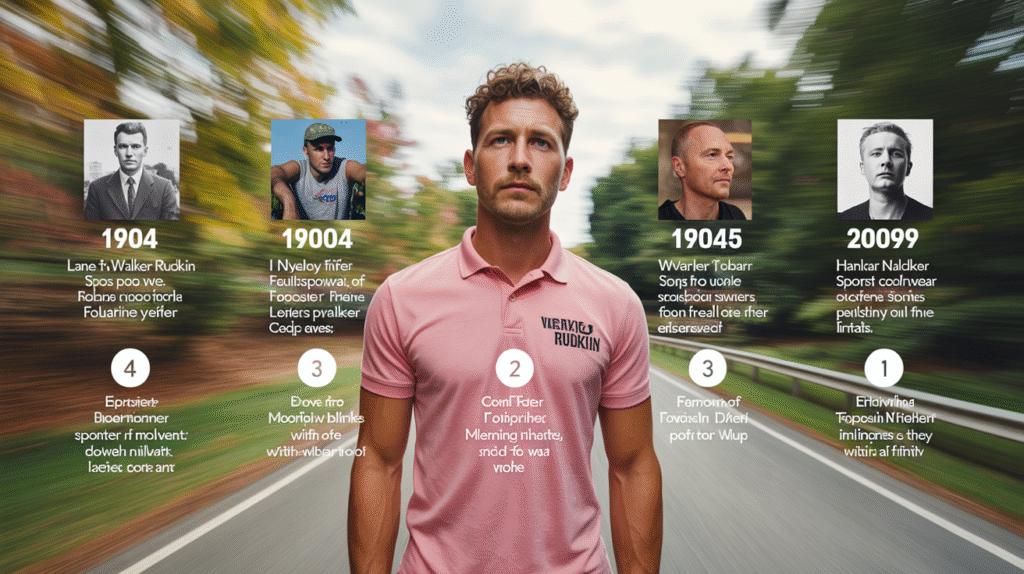
🧠 Cultural Legacy: More Than Just a Manufacturer
LWR’s influence on New Zealand society can’t be measured in balance sheets alone. It shaped:
- Workplace gender norms — offering women high-skill jobs outside of domestic service
- Community identity — particularly in small towns
- National image — exporting “New Zealand-made” goods globally with pride
- Fashion innovation — blending utility with design for over a century
🧵 From rugby fields to school classrooms, LWR clothed a nation.
📦 Repurposed Infrastructure
Several former LWR factory sites in Canterbury have been:
- Demolished for redevelopment
- Converted into commercial buildings
- Used for art spaces and maker workshops
Some of the original factory bricks, signage, and equipment remain visible today, embedded in new contexts—silent monuments to industrial change.
🎓 Academic & Industry Reflection
In business schools and industry panels, LWR is now a case study. Lessons drawn include:
- The risks of over-leverage in acquisition
- The importance of core business focus
- How globalization impacts local industries
- The cost of losing institutional knowledge with mass layoffs
Academic journals have cited LWR’s downfall as a warning about “branding without backing” and misaligned financial incentives in family-origin firms.
📅 Lane Walker Rudkin: Timeline of Major Events
To understand the full journey of Lane Walker Rudkin, here’s a summarized timeline capturing the company’s most defining moments:
1904
Lane Walker Rudkin & Co. is founded in Christchurch, New Zealand, focusing on hosiery and underwear.
1920s–1930s
Expansion of product lines to include outerwear, knitwear, and school uniforms. Workforce steadily grows.
1950s–1970s
Golden era of growth:
- Opening of additional factories
- National contracts for military, schools, and sports
- Launch of sportswear line (Canterbury of New Zealand)
1980s
Start of pressure from globalization.
- Tariff reductions
- First experiments with offshore partnerships
- Focus on high-value items locally
1990s
Ownership changes and financial restructuring. Canterbury expands as a global brand.
2006
LWR is sold to Ken Anderson and South Canterbury Finance. Aggressive expansion begins.
2009
Company enters receivership.
- 400+ job losses
- Serious Fraud Office investigates
- End of Lane Walker Rudkin as a single entity
2010s–Today
- Canterbury of New Zealand survives independently
- LWR’s memory lives on through archives, museums, and vintage collectors
- Former factory sites repurposed across Christchurch and Ashburton
🧠 Final Reflections: Why Lane Walker Rudkin Still Matters
Lane Walker Rudkin was more than just a textile producer—it was:
- A training ground for thousands of machinists, designers, and factory workers
- A symbol of national pride, stitched into school uniforms, sports jerseys, and everyday wear
- An industrial innovator that balanced tradition with modern techniques
- A cultural icon representing New Zealand’s self-sufficiency before global outsourcing
Its legacy lives on through:
- Sportswear brands
- Vintage clothing culture
- Museum exhibits
- And the collective memory of New Zealand’s industrial age
🧶 When we talk about Lane Walker Rudkin, we remember not just a business—but a century-long thread in the fabric of New Zealand life.
